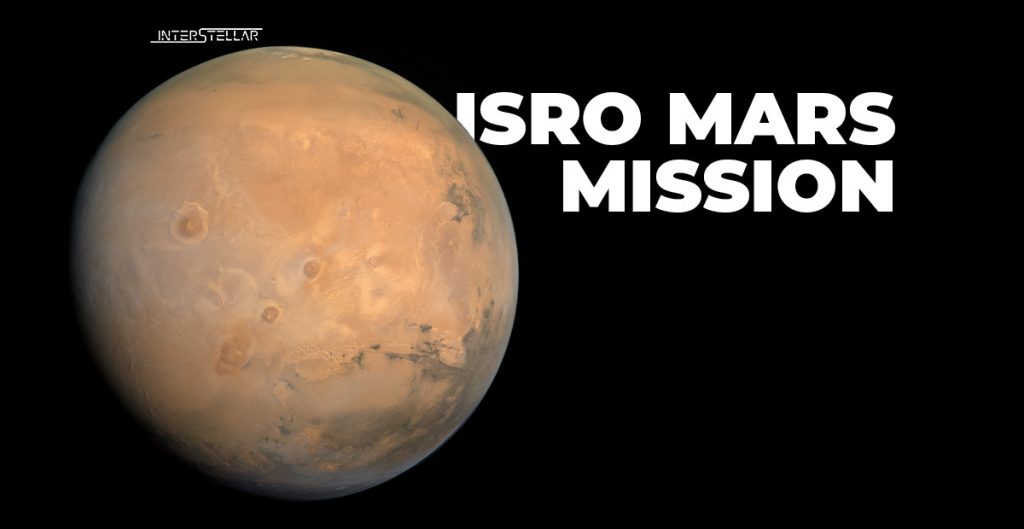The Indian Space Research Organisation (ISRO) is poised to embark on its ambitious second mission to Mars, following the resounding success of Mangalyaan, its maiden Mars mission. This new venture aims to position India as the third country to successfully land a spacecraft on Mars, joining the exclusive ranks of nations that have achieved this extraterrestrial feat.
ISRO’s upcoming mission is set to include advanced technological components, such as a rover and a helicopter, similar to NASA’s Perseverance rover. During a presentation on National Technology Day at the Space Application Centre, new details emerged about the mission’s complex landing strategy. ISRO plans to deploy a supersonic parachute and a sky-crane system for the precise and controlled landing of the rover on the Martian surface. This technology, inspired by NASA’s innovations, allows for a secure landing without the need for airbags or ramps, ensuring the rover is immediately operational in Mars’ challenging terrain.
The mission’s launch vehicle will be the heavy-lift Launch Vehicle Mark-III (LVM3), which is designed to carry the significant payload required for such a complex mission to Mars. The inclusion of a sky-crane marks a significant technological advancement in ISRO’s capabilities, mimicking the successful deployment systems used by NASA.
In addition to the rover, ISRO is developing a helicopter designed to navigate the thin Martian atmosphere. This rotorcraft, still in the conceptual stage, will carry an array of scientific instruments including Marble, also known as the Martian Boundary Layer Explorer. This suite of payloads is intended for aerial exploration to profile the Martian atmosphere, capable of reaching altitudes up to 100 meters.
Communication with the mission is critical, given the vast distance between Mars and Earth. To address this, ISRO plans to launch a relay communication satellite aboard the Polar Satellite Launch Vehicle. This satellite will act as a vital link, facilitating smooth and uninterrupted communications between the Mars mission and Earth. The communication delay can vary significantly, from approximately 3 to 22 minutes one way when Mars is closest to Earth, to 6 to 44 minutes during conjunction when Mars and Earth are on opposite sides of the Sun.
ISRO’s strategic advancements in technology and planning underscore its commitment to expanding India’s footprint in space exploration, enhancing its reputation as a leader in aerospace innovations.





